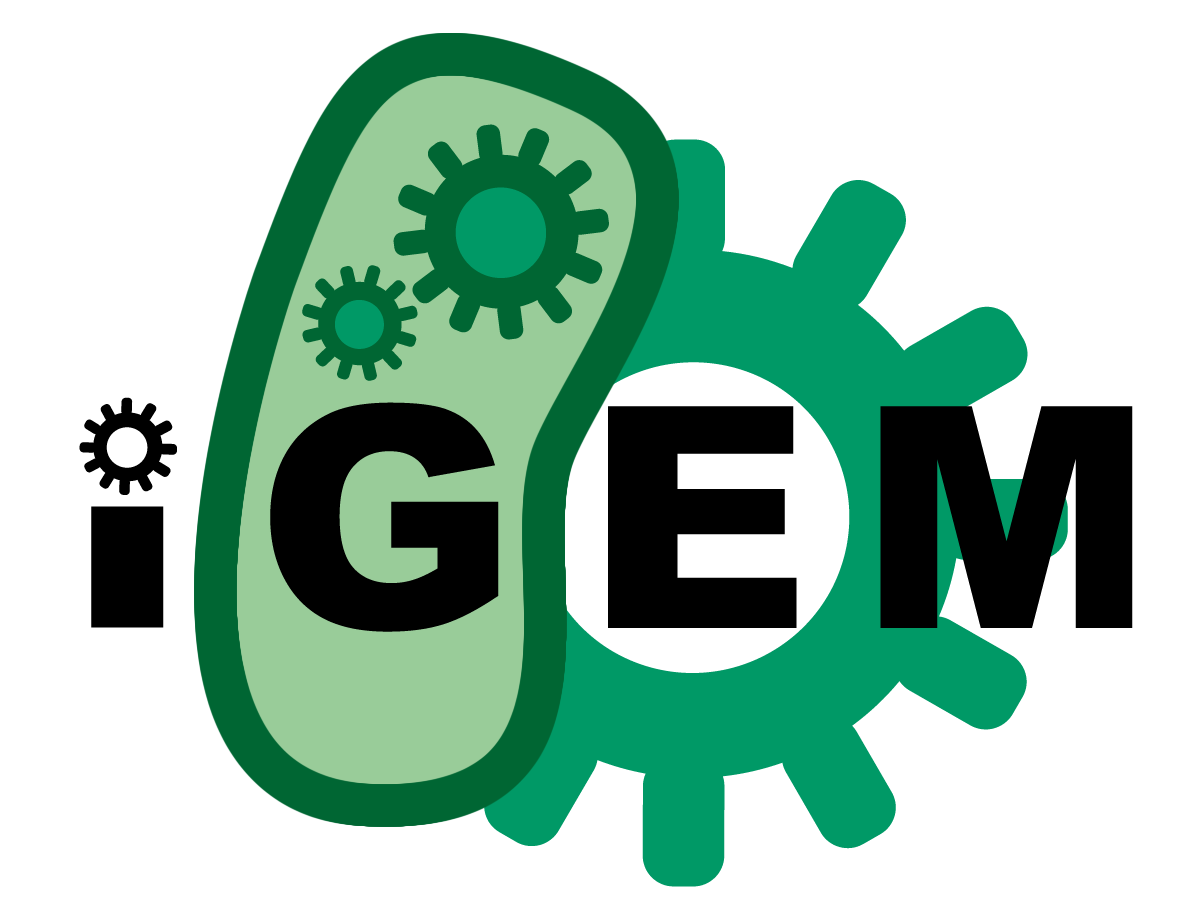Team:Georgia Tech
From 2012.igem.org
Contents |
Project Abstract
Our goal is to engineer a novel biosensor with a faster readout than is currently available. Many bacteria produce, secrete, and respond to chemicals called autoinducers to monitor population density and to synchronize gene expression, a process called quorum sensing. In quorum sensing based biosensors, detection of autoinducer activates transcription of a reporter gene, which must then be translated and accumulate to detectable levels, which can take two to four hours. In our system, we will use TraR, a protein used in the quorum sensing response of Agrobacterium tumefaciens, which dimerizes only in the presence of its autoinducer. We have successfully fused traR to sequence for two separate complementary fragments of GFP. Upon addition of autoinducer, we predict that already accumulated TraR-GFP fragment monomers will dimerize, allowing the GFP fragments to interact and fluoresce. This new approach may drastically reduce the time necessary for future biosensors to produce detectable output.
A new approach to Human Practices
Here we present an outline of our workshop for the benefit of other collegiate iGEM teams reaching out to high school iGEM teams. We believe that formal collaborations between college and high school represent an innovative new approach to human practices with benefits for both the high school and collegiate teams. This was an effective way for us to engender excitement about both synthetic biology in high school level students as well as for our college students to demonstrate further mastery of the field of synthetic biology in general and their research topic specifically by creating presentations and activities designed for the high school level. Visit our Human Practices page to see our idea in action
Judges
We were featured in a local newspaper. We posted the link on the iGEM publicity page.
 "
"







